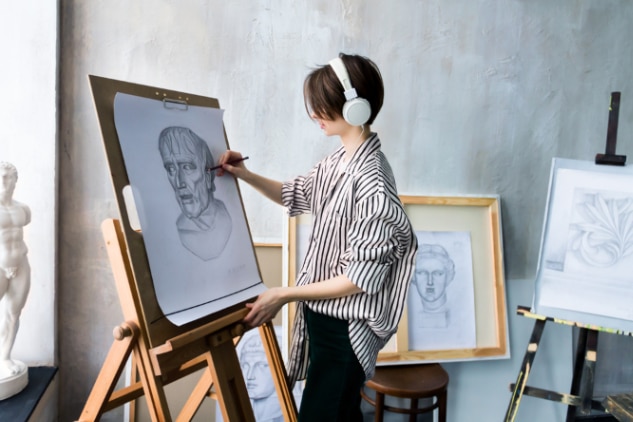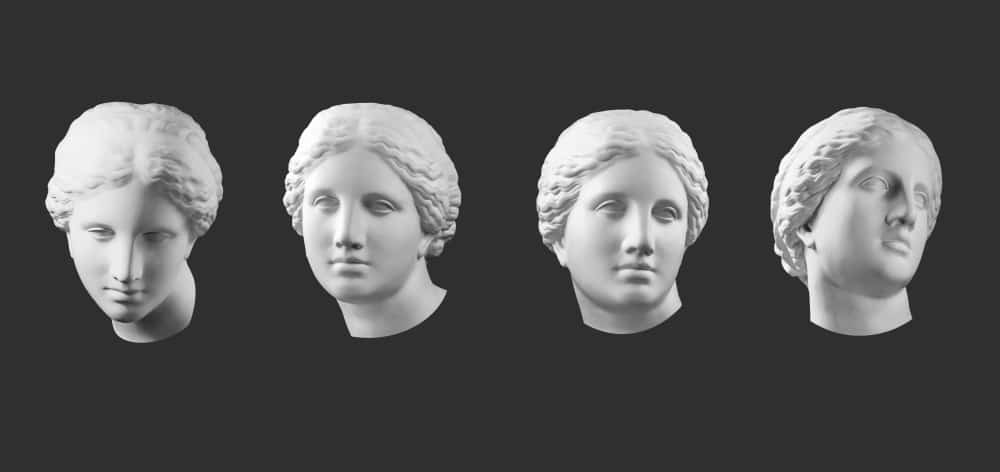Elements and Principles of Design in Sculpture
Many of the lasting and critical elements and principles of design in sculpture are applicable across art in general.
Some elements a sculpture may consider whilst designing their art may include: the space the art will occupy; the message it will convey to an audience; its dimensional form, shape, lines, and symmetry; the texture of the art, and much more.
These principles guide the artist as they create, and help the sculpture come to life as intended for its audience.
Traditional Types of Sculpting
Traditional types of sculpting refer to using hard materials such as clay, stone, wood, and plastic to create a three-dimensional form. This would be created through additive or subtractive methods including carving, moulding, modelling and assembly by hand using tools like chisels, hammers and mallets.
Traditional types of sculpting rely solely on human skill, rather than machines and modern technology, for the whole process of designing and creating an art sculpture.


Designing Sculptures New Technologies
Contemporary artists may utilise the new technologies on offer in the modern day to design and create their sculptures. New technologies may be combined with traditional methods of sculpting to create an art piece, although the technology is available to create artwork solely from technology.
Sculpture Design Software
One piece of technology used in the design stage of an art sculpture is sculpture design software. This software allows for an artist to create a three-dimensional digital art piece, using traditional methods to smooth, pinch, push and pull a digital sculpture – moulding it as you would in actuality.
Sculpture design software can be used to create a 3D model or prototype, which can be printed or machined in 3D as a complete sculpture.
3D Scanning is a Revolution in Sculpting
3D scanning is the process of scanning an object to collect data about its dimensions. 3D scanning is beginning to be used in sculpting, especially during the design stage, to speed up the design process and ensure the sculpture’s dimensions are exact.
3D scanning can be used to scan the dimensions of a space the sculpture will occupy; its data can be used to form the skeleton the sculpture will be built from; as well as in the process of creating the final sculpture from a smaller prototype.
Whilst the key principles remain in the art of sculpting, it is safe to say an evolution in the art form has enabled artists to continue to express themselves, whilst benefiting from the advantages of new technologies.
TALK TO THE EXPERTS
Established in 1985, we have built a strong reputation for manufacturing excellent products within tight timescales and to extremely high tolerances. In order to achieve this, we use state of the art equipment and traditional, time honoured processes and skills.
Call us on:
01455 890 571
Email us at:
sales@pentapatterns.co.uk